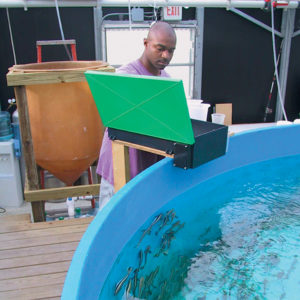
U.S. trials compare commercial diets fed to juvenile cobia
In trials with two commercial aquafeeds, juvenile cobia exhibited excellent growth and feed conversion. Higher-than-required lipid levels in the diets did not improve growth.
Decisions on stocking channel catfish fry should be based on the abundance of large zooplankton in the pond water, rather than total zooplankton abundance.

In trials with two commercial aquafeeds, juvenile cobia exhibited excellent growth and feed conversion. Higher-than-required lipid levels in the diets did not improve growth.
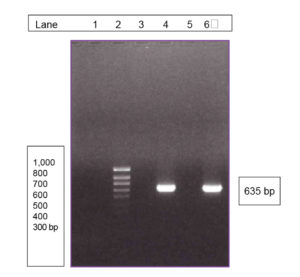
Probiotics are naturally occurring microbes in cultured animals or their environments that compete with bacterial pathogens to favorably alter the rearing environment and improve animal health. The success of a probiotic strain depends not only upon its stated and actual performance, but also its safety to the target organism, humans, and the surrounding environment.
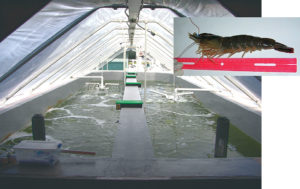
Shrimp breeders often protect their genetic investment by selling broodstock that will accumulate increasing levels of inbreeding in successive generations.
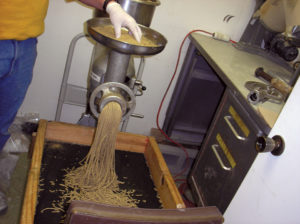
Dietary sulfur amino acids (methionine and cysteine) are required to support optimal growth, feed efficiency, and nutrient utilization in various fish.
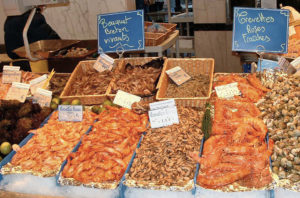
Adding alfalfa concentrate containing natural carotenoids and pigments to the finishing diets of shrimp can enhance coloration of shrimp after cooking.
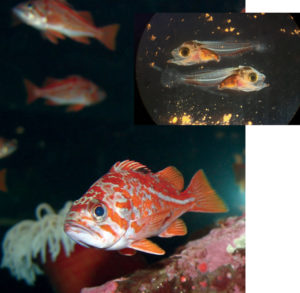
Rockfish aquaculture could potentially benefit wild stock-rebuilding efforts, as well as provide flavorful fish for consumers in the United States.
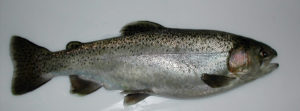
The culture of sterile triploid rainbow trout, which carry three sets of chromosomes, can limit losses to sexual maturation and reduce potential problems regarding interactions of escaped fish with natural stocks. The authors’ research holds promise for creating tetraploid rainbow trout strains that can be crossed with diploid trout to yield triploids for aquaculture production.
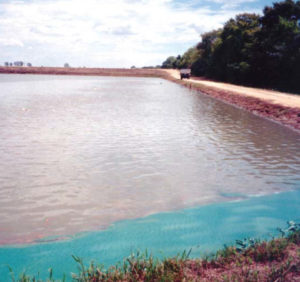
Off-flavors in farmed fish cost the U.S. catfish industry millions but their prevalence can be greatly reduced by copper sulfate treatment of pond water.
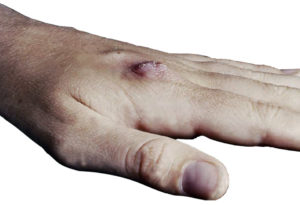
Mycobacterial infections can happen to aquaculture workers and others who handle seafood or animals in aquatic ecosystems.
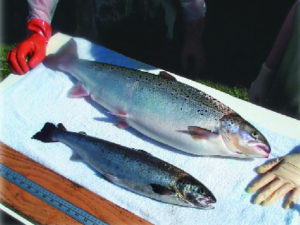
Transgenic salmon and trout developed by AquaBounty Technologies are minimally different from other farm-raised fish, but exhibit impressive and inheritable growth rates.
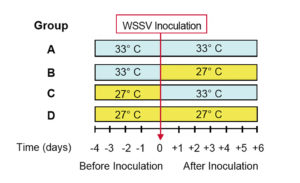
In a study, results showed that raising water temperature to 33 degrees-C after inoculation was sufficient to prevent shrimp mortality from WSSV.
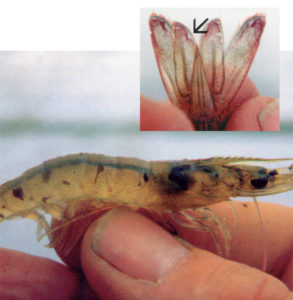
International Council for the Exploration of the Seas (ICES) guidelines should be modified and closely followed to guard against the possibility of introducing new viral pathogens.
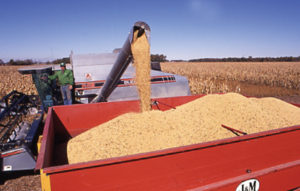
Despite research challenges, ongoing work on phytase supplementation in shrimp is striving to enhance shrimp feed performance in similar ways.
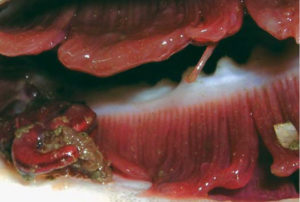
Parasite management is crucial for cod farming in Scotland. The main threat comes from parasites with direct or single-host life cycles.
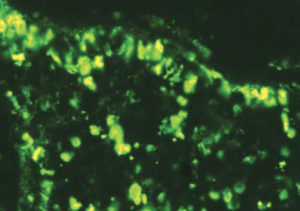
Using intramuscular injection of white spot syndrome virus, study determines number of viral particles associated with the infectious dose.